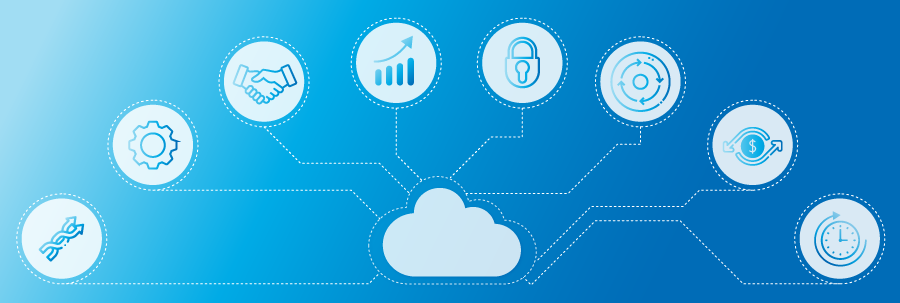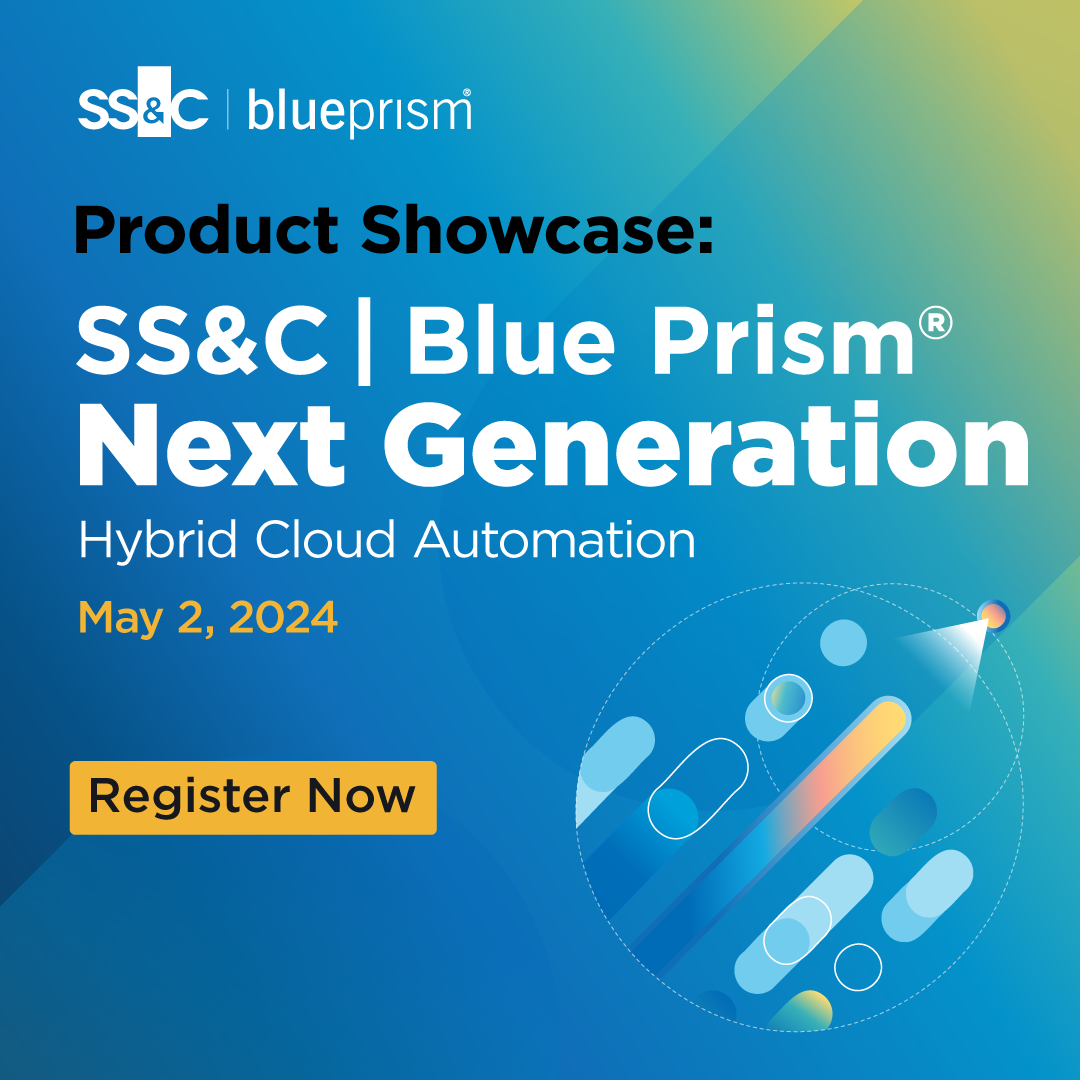What You Need To Know About Cloud-Native Automation

In this guide we will answer:
- What is cloud-native automation and cloud-native technology?
- What are the benefits of automation in the cloud?
- What’s the difference between cloud-based and cloud-native?
- What’s the difference between monolithic and microservices?
What Is Cloud-Native Technology?
A good first place to start would be to know what cloud-native technology is.
Back in 2015, the cloud was becoming more and more popular with cloud services like Google Cloud, but managing cloud-native applications was tricky. That's when the Linux Foundation stepped in and created the Cloud Native Computing Foundation (CNCF). Their goal was to make cloud-native technologies easier to use and more standardized. Now, according to the CNCF:
“Cloud native technologies empower organizations to build and run scalable applications in modern, dynamic environments such as public, private and hybrid clouds. Containers, service meshes, microservices, immutable infrastructure and declarative APIs exemplify this approach.
These techniques enable loosely coupled systems that are resilient, manageable and observable. Combined with robust automation, they allow engineers to make high-impact changes frequently and predictably with minimal toil.” — Cloud Native Computing Foundation (CNCF)
In other words, cloud-native architectures help organizations build and run applications that easily scale in modern cloud environments such as the public cloud, private cloud and hybrid cloud instead of on-premises operating systems. In simpler terms, it’s when you take full advantage of what the cloud offers to build, run and scale applications.
What Is Cloud-Native Automation?

Cloud-native automation is just building on that definition. It’s the use of automated processes and tools, including robotic process automation (RPA) and intelligent automation (IA), within a cloud-native environment, taking full advantage of the elasticity and distributed nature of the cloud to achieve greater speed, agility, scalability, reliability and cost efficiency with your automations.
So, instead of relying on physical infrastructure or localized systems, your automations can be built to operate within the cloud. It enhances the reliability and resilience of IA solutions.
What’s the difference between cloud-based and cloud-native applications?
You’re probably thinking this sounds very similar to another term floating around: cloud-based. The primary difference is the approach to using the cloud.
Cloud-based applications are your traditional applications that are now hosted on the cloud. It’s purely that these apps can now be accessed via a cloud. For example, Microsoft Office 365. In automation, you’d use cloud RPA where bots would interact with these cloud-based applications to streamline your workflows. It’s a more flexible approach to automation.
In comparison, cloud-native is specifically designed and built to leverage cloud from the ground up; examples here are Netflix and Uber.
Why are cloud-native applications better?
It’s not that they’re just better. Like most things, it depends on the context. However, cloud-native apps do offer several advantages over cloud-based in terms of scalability, flexibility, reduced costs, computing resources, etc., as they’re built with cloud infrastructure in mind from the onset. Let’s get into some of these benefits in detail.
What Are the Benefits of Cloud-Native Automation?

Scalability
Cloud-native allows you to effortlessly scale your automations up or down quickly based on demand. With containerization you can dynamically allocate resources for optimal performance.
Cost efficiency
Traditional IT infrastructure requires significant upfront investment in hardware and ongoing maintenance costs. Cloud-native solutions offer more efficient delivery of updates and features. You also only need to pay for the services you use.
Agility and accessibility
Swiftly adjust your infrastructure and processes as your business needs evolve. Leveraging cloud-native tools like Kubernetes, you can easily scale resources up or down, reconfigure services or deploy new applications without the constraints of traditional infrastructure.
Removes downtime
With the use of Kubernetes, you can rapidly push software updates through your organization's systems without having to shut them down to do so. This allows you to upgrade your services, processes and deployments faster without affecting the running of your business.
Innovation
The way that cloud-native works means that all your different teams can work and develop autonomously without significant reliance on each other. Teams can introduce new digital products easier and faster. Data collection also becomes automatic for more informed decisions.
Security
Cloud-native applications make it easier to detect and respond to security challenges. They are also much easier to patch and update as they follow standardization outlines. For example, when creating automations, you can ensure version control with one source of truth.
Remote accessibility
As we’re on the cloud, it lets stakeholders access the development environment from anywhere. Authorized users can remotely monitor, configure and control automation workflows from the office or the home.
Integration
Cloud-native offer robust APIs and integrations, allowing organizations to connect automation processes with other systems, applications and data sources — enabling seamless end-to-end automation workflows.
Other Frequently Asked Questions About Cloud-Native
Let’s explore some other common questions about cloud-native automation.
What is the difference between monolithic and microservices?
Monolithic simply means unitary. In the context of our conversation, the monolithic application architecture is just applications that are built as a single unit where everything is connected and runs together as one. But they can be challenging to upkeep as your architecture grows and you start to face coordination issues and errors. For example, you might add changes to recent parts of your monolithic application, but this might change another part without your knowledge. You can think of a monolithic architecture as a wooden toy house, but if you want to change something like the chimney, you’ll likely have to carve out an entirely new toy.
In comparison, microservices are the modular approach to building with small, independent services that each is focused on its own business processes and then part of a larger collection. This way, each microservice can be created, developed and deployed independently, aka, without reliance on other parts of the architecture. This makes it easier to maintain and adapt compared to monolithic architectures. Now, you can think of microservices as a Lego house. If you want to change the chimney here, simply swap out the pieces without ruining the core house components.
Cloud-native uses microservices architecture and application programming interfaces (APIs) to bring loosely coupled microservices together, maximizing its ability to bring scalability, resilience and agility.
Should you use Kubernetes or Docker?
Kubernetes and Dockers are fundamental tools in a cloud-native journey, they just serve different purposes and it’s not necessarily about whether you use one or the other.
Docker is a commercial containerization platform. In other words, it’s like a container that holds all your applications and dependencies (kind of like a suitcase). Kubernetes is a platform that manages containerized workloads and services (like a traffic manager) that automates software deployment, scaling and management. It’s kind of like how we talked before about automating and orchestrating.
In deploying cloud-native automations, the combination of both is usually used to ensure that your automations run at scale reliably. You can deploy and manage RPA bots in Docker containers — sort of like the build once, run anywhere mentality — which is then orchestrated by Kubernetes.
Why is cloud native deployment important?
The importance lies in its benefits. A cloud-native approach allows companies to build highly resilient and available applications. It’s also scalable, which allows organizations greater flexibility and agility, so they can respond quickly to peak seasons, provide better customer experiences and be more efficient. While cloud-based provides many of the same advantages too, cloud-native has taken it one step further and helped organizations take full advantage of all the cloud practices have to offer.
Are there examples of how cloud-native automation works?
Watch how you can automate your customer onboarding process with cloud-native automation while maintaining high-security standards:
How Can I Automate With Cloud-Native Then?
According to Gartner, by 2025, over 95% of new digital workloads will be deployed on cloud-native platforms. When you go over the benefits, it’s clear why: Cloud-native automation lets you become even more flexible and scalable as your business grows. Great! Sign me up! But how?
With SS&C | Blue Prism® Next Generation, our cloud-native IA platform that’s bringing all the benefits of the cloud that we discussed in this article while keeping the work where it needs to be. This way, even if you’ve got tricky processes and high security and compliance standards, you can still achieve transformational results and maximize IA’s potential on the cloud platform.
Excited about the future of continuous delivery and instant access to the latest features? Get in touch with us to learn more.
